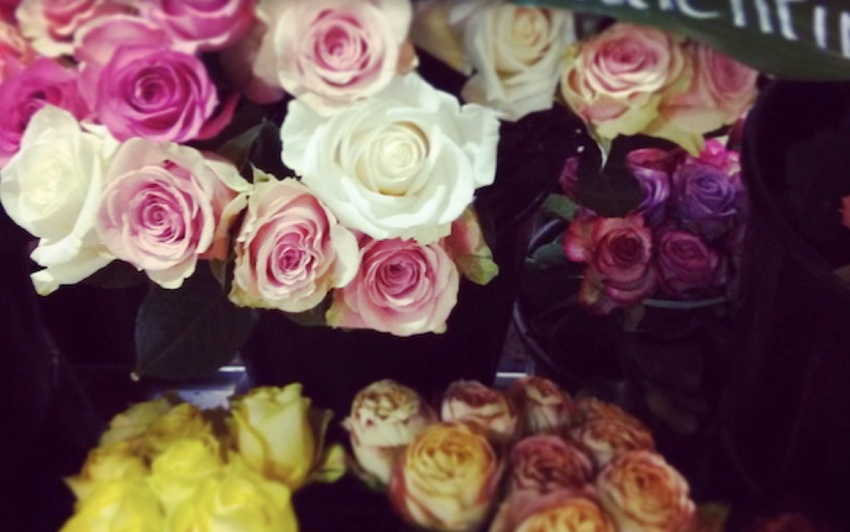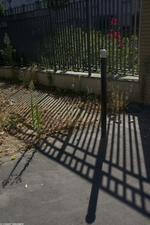Smell Me Now! The Scent of a Woman ca. 2015 {Scented Thoughts}
Market Valentine Roses in Paris © Chant Wagner
Smell Me Now! The Scent of a Woman ca. 2015 is at a Turning Point
As the end of 2015 nears, it is time to look back at the year that's elapsed, the more so since this year marks a turning point in the olfactory aesthetics of femininity as expressed by perfumery...
While it has become clichéd to moan about the lack of creativity in perfumery (still - so true), a cluster of new fragrances for women offered perceptibly new ambiances and accords this year. Something has shifted.
Here are our thoughts on the most "Now" feminine perfumes, opening a vista onto the immediate future. You will never smell like your grand-mother, or mother again, if you wear those state-of-the-art perfume compositions.
The creative effort, if we analyse it, centers in part on an effort to distance oneself from the über commercial fruity-floral category of fragrances which has become so tested and true that it's become tired, even to the most conservative noses in the industry. Translation: industry honchos mostly want to succeed and make good business so they're risk-averse even though privately they might know the difference between what is a creative perfume and what is a rehashed one.
There has been an effort to replace the tutti-frutti fruity-floral category by the floriental one in consumers' hearts, but this is not really what we think the newness is all about. It is not either about more woods, as some masculine principle meant to add a unisex flavor to feminine creations. It is not finally about more virile woods, those that smell like graphite, with a slightly mineral-y quality. That was back in ca. 2000. Smell DKNY Women (1999) for instance and pause on the "white birch" and "tulip tree bark" notes to get a sniff of those emancipated urban woods meant for modern women climbing up high-rises and powering through the asphalt jungle. Or 10 years later, Miss Pucci (2010) and its use of a hard-hitting Texas cedarwood expressing its understanding of a new generation of young women for whom default girliness is passé.
The most "Now" perfumes of 2015 still use woody notes to gain relevance for modern, fast-evolving society's mores - but they smell different. A process of psychological maturation has occurred. To create assertive accords of woods for women, perfumers do not rely on woodsy overdose anymore but rather on a new woodsy tension which smells both soft and assertive.
To go back in history a bit, you can turn to Bois des Îles by Chanel (1926) and Féminité du Bois by Shiseido (1993) to better gauge what woods have done for the olfactory emancipation of women. It's the equivalent of the garçonne cut of hair distilled into perfume notes.
Wearing a woody perfume has been in many cases for women a gesture comparable to throwing your bra to the four winds, or wearing pants, or shorter skirts. In 2008, Estée Lauder played the woods card for women's lib again with Sensuous, but it really was a twist on the gourmand mega-trend making the woods regressive, almost edible - and certainly comfy. With this proposition unfortunately, there is the problem that we're facing a femme-enfant or a classic feminine archetype of the woman, whose best place in the house is thought to be in the kitchen.
Allied to that effort is a more sophisticated take on fruity notes. Fruits bring roundness and plesantness to a composition but they've become sometimes too literal, smelling like a generic bowl of fruits. Take an inhale for instance of Olympéa by Paco Rabanne and Miu Miu eau de parfum and you will see that fruits are now painted in secondary colors rather than primary ones. If these two are pretty "Now", they are not the most groundbreaking perfumes of 2015.









